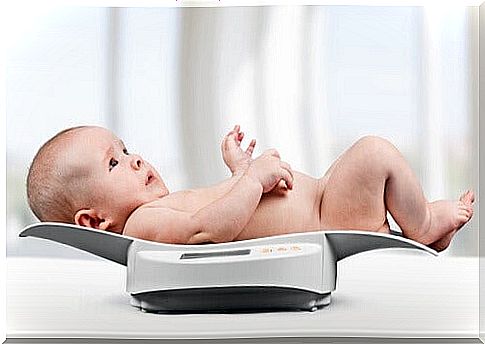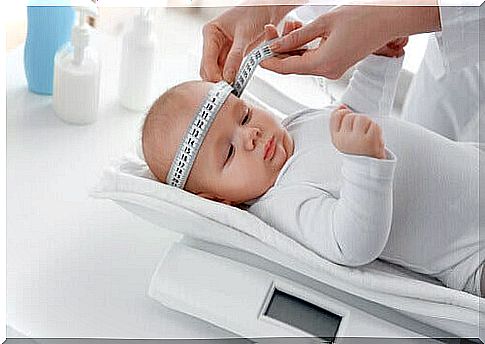Baby’s Percentiles By Age – Being Parents

The importance of baby percentiles
Percentiles are measurement tables that show the average weight and height of a fetus or baby based on its age. The World Health Organization established these percentiles to explain in detail ideal growth.
Obviously, this average growth is possible if the baby grows in a healthy environment and that he has a balanced diet, according to his age and his needs.
Why is this measuring table so important? Baby’s percentiles are important even when they are inside their mom’s womb.
What is the reason ? Using this table, we can determine if the growth and development of the baby are within the standards. These types of parameters are useful in identifying the gestational age and development of the fetus.
Using the percentiles, we can also determine any kind of problem. In other words, if there are sudden changes in weight gain or loss or if the child stops growing.
What is really fundamental is that parents know that the small variations within the painting do not matter much. However, if drastic changes occur outside the percentile, it is advisable to study them.

Based on the baby’s age, what are the percentiles?
Gestational age
One of the most salient data to watch during pregnancy is the height and weight percentile. Of course, in these cases it is not possible to weigh the baby. However, through a series of measurements such as biparietal diameter and abdominal circumference, one can determine these data.
In general, a baby who is coming to term, that is to say who arrives without any problem at least until week 38 of pregnancy, he must measure between 45.5 and 53.5 centimeters. In terms of weight, the ideal range is between 2500 and 4000 grams maximum.
Aspects like the length of pregnancy, the health and nutrition of the mother are the keys to the good development of the baby.
In this regard, it is known that mothers who smoke, who consume toxic substances or even who have a high calorie diet present additional risks that can affect the growth of the fetus.
“Thanks to the baby’s percentiles, we can determine if there is a problem in his growth”.
Percentiles throughout life
The specialist doctor will be responsible for telling the parents whether the child is within the normal growth curve. However, generally speaking, it is important to know that these values tend to be between 3 and 97 percentiles.
Based on these parameters, a child who is very overweight or who is very tall for his age will be above the 97 percentile.
On the other hand, a little too thin will be below the 3 percentile. Ideally, the growth of the child, in addition to being within these established ranges, should be continuous and stable.

A child in the 50th percentile is average. But how can we more easily understand this story of percentiles?
If the baby reaches the 80 percentile in height, it means that, compared to 100 other babies, he will be taller than 79 babies and shorter than the other 20 who are above his range.
When to worry about baby’s percentiles
It is important for parents to know that some small variations, whether above or below the percentile limits, do not matter much.
In this sense, it is good to remember that although there are certain established measures, every child is different and aspects such as the size of the parents, the environment and the diet have an influence.
The alarm signal occurs when sudden changes in weight and height occur from one control to another. If these changes are constant, the medical specialist will probably order a series of tests to find out what conditions the child’s development.
Another element of great importance is also to observe whether there is stagnation in growth. In this case, it will also be necessary to deduce what slows down development.
It is essential that parents familiarize themselves a little with the baby’s percentiles. In this way, they can be more involved and attentive to possible alterations that reflect a problem in the growth and development of their child.









